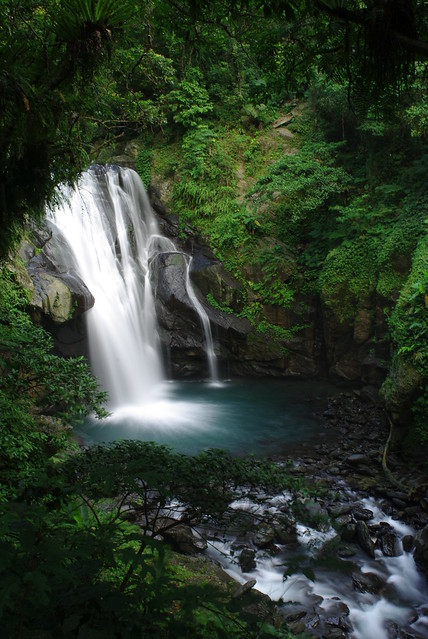 Originally posted by smilinjenn71
Originally posted by smilinjenn71 
When I look at standard ISO it seems to only go as low as 200. Camera body is k-x.
I have a K-r but it's probably the same - Custom Settings Page -> Expanded Sensitivity -> Set it to ON.

Oh also, here's a long exposure shot I did the other day, it's not water, but see how you get weird effects if there's a strong wind blowing in to the trees. Kinda looks cool but you might not want it in your shots, so that's something to be watchful of when doing looong exposures. I did it here because I wanted to make the people on the bridge disappear - was a busy day and there were people constantly walking across it. ><
58 seconds exposure, f 22, and I think I had my ND filter at like...I dunno... 5 stops or something.
If you do shots at f22 though, make sure your sensor/lens/filter is clean! I had so many dust spots on this! Ordered a sensor cleaning kit as soon as I got home.



 Similar Threads
Similar Threads 





 I'll post a couple of the pics - but again.....not happy with it - although I did learn a lot!
I'll post a couple of the pics - but again.....not happy with it - although I did learn a lot! 









 Post #11 by Medium FormatPro
Post #11 by Medium FormatPro








